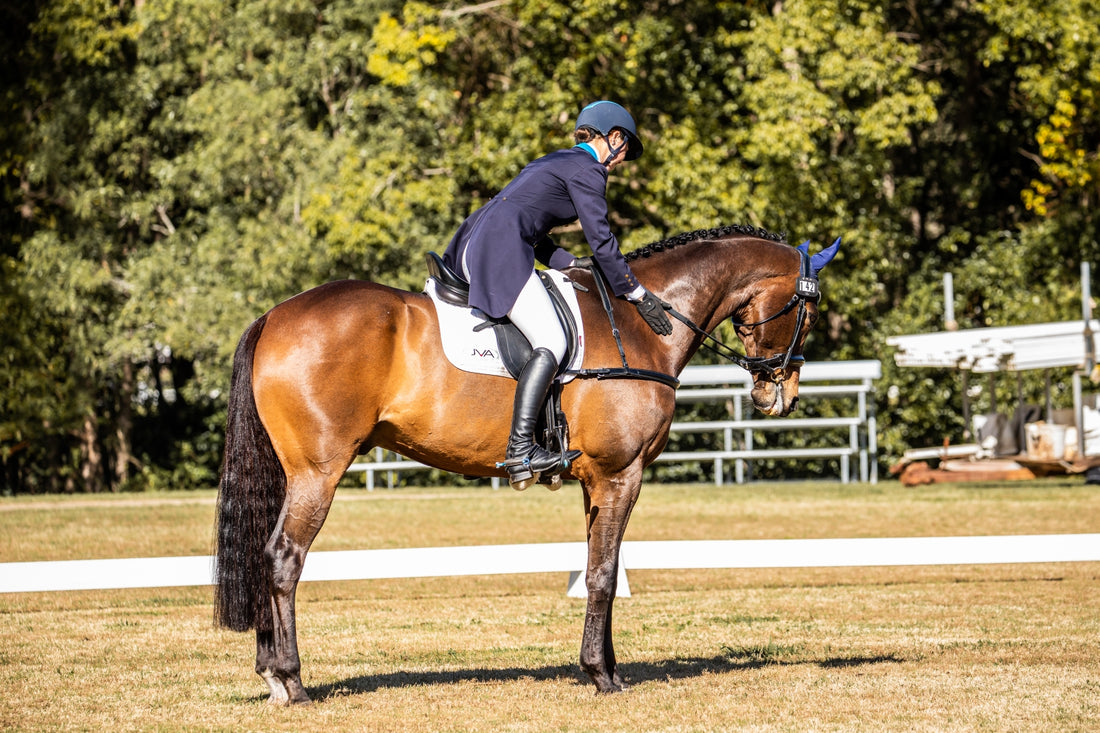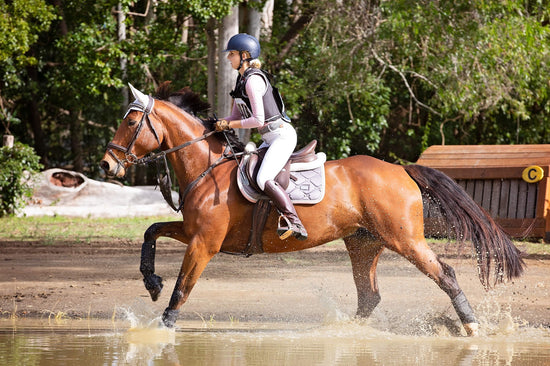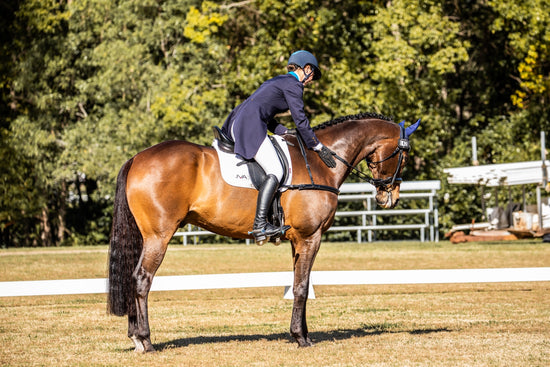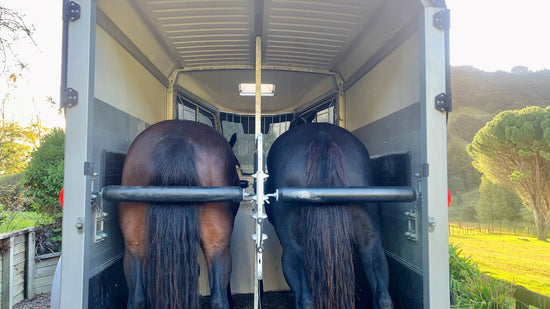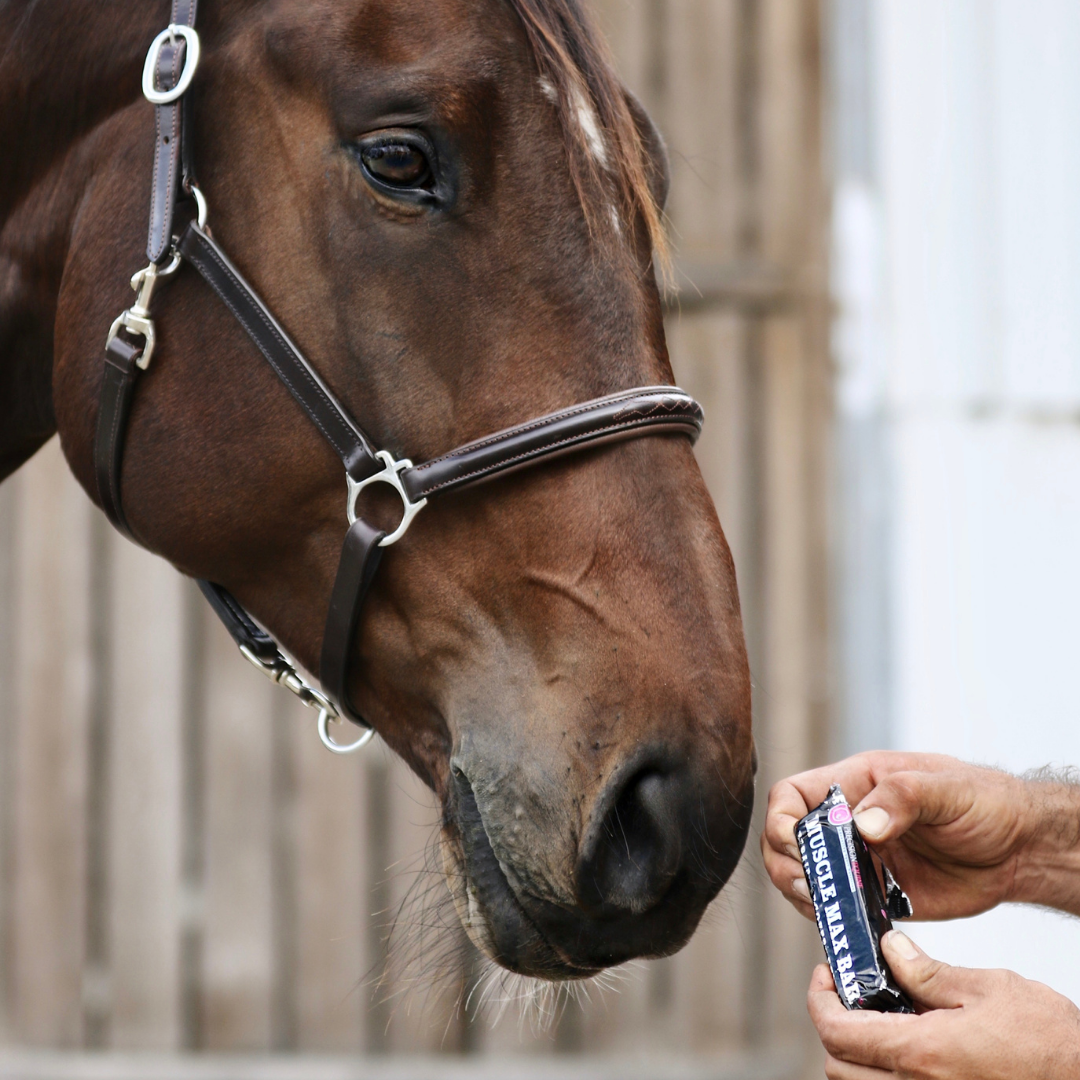As alternative horse training methods become more mainstream, words like positive reinforcement (+R), pressure and release (-R), liberty and natural horsemanship have become common in the horse world.
There's often confusion around what these methods involve, and they may vary with how different trainers use each one - and debate is rife around how treats and rewards should be used.

Photo BRV Creative
Liberty
Liberty work with a horse simply means the horse works without tack. The horse may be ridden or unridden, and the movements may be complex or very simple. Normally this is in an arena or round-pen but sometimes the horse is truly at liberty to move away from the trainer and opt-out of the session.
The trainer may use negative reinforcement, pressure, whips for pointing and guiding, body language, or positive reinforcement which may include treats. Very often the horse trainer will use a blend of some or all of these methods.
Natural Horsemanship
Natural Horsemanship is a very broad field but generally speaking is based on using a combination of 'feel' and 'pressure and release' to create changes in the horse's behaviour.
Feel is an elusive quality that both master trainers and simple horse lovers may have naturally, or work very hard to develop. It ranges from literally feeling the horses emotions as your own, to being so expert at reading the horses subtle body language that the tiniest signs communicate complex ideas clearly and allow the trainer to react fully to the horse's needs and desires as if it had spoken. Having 'feel' allows a person to have exquisite timing in their training that goes far beyond just being aware of the horse's hoof-falls or head movements.
Those horse people who work with feel may explain it as a spiritual connection, or shrug and say 'they just know'. Feel is something that a horse lover can teach themselves, but it seems to be very difficult to explain to others, and maybe that's because each person experiences it differently. At a basic level, 'Feel' means the trainer is able to understand how the horse is feeling and knows when and at what level to apply their chosen aid so that the horse understands.
Pressure and release can be used at a huge variety of levels from the trainer simply raising their own energy and intention to elicit a response from the horse before lowering their energy, to cracking ropes or whips and chasing a horse to get a response. It's possible there are as many different kinds of pressure and release as there are horse trainers who use the method. Suffice to say, the phrase can be held up as the epitome of refined horse training, or as a metaphor for trauma and abuse.
Negative Reinforcement (-R)
It sounds terrible, right? But negative reinforcement can be subtle and gentle as well as loud and rough. Whatever the method, the trainer is the one who defines what it means to the horse.
Negative reinforcement in most cases means that the horse trainer applies a pressure to cause change, and removes it as the reward for the horse delivering what was asked. The reward is the end of pressure, hence -R.
The pressure could be raised energy, stepping toward the horse, pressing a leg on the horses side, or lifting a rein to turn the horse. Pressure can also be loud, scary, confusing or even painful.
However the method itself is not a negative thing, and most alternative horse trainers say they use a blend of negative and positive reinforcement.
Positive Reinforcement (+R)
Reinforcing a horse's behaviour with a positive experience is also very varied as the trainers, and rewards can be quiet sharing of space, verbal praise, physical actions such as a rub, gentle pat or a specific scratch that the horse has shown it enjoys, or treat based.
The key aspect of a positive reinforcement reward is that the horse recognises it as a reward and enjoys it.
You may have seen a young girl cantering from the showjumping ring grinning and patting her horses neck calling "Good Boy!" and the horse arching his neck, soft eared, pride written all over his face. Or a Grand Prix rider dropping her reins at the end of a dressage test to wrap her arms around the horse's neck while weeping praise in his ear - and the horse dropping his head, mouthing the bit and prancing his steps just a little as he answers "I know, we were wonderful!" A cowboy may simply need to scratch his cowpony's shoulder for the horse to know she has made him proud.
Treat based +R reward based training is well known - possibly because it is tangible and 'obvious' when the horse gets a reward, and it is a very effective method when used well. Many +R trainers achieve seemingly magical results through developing clear communication and reciprocal respect with their horses.
Muscle Max Bars as an +R positive reinforcement
Muscle Max Bars can be used before, during and after the horse's exercise, depending on your goals. Read more about when to feed Muscle Max Bars to give your horse protein.
Liberty and Groundschool
Muscle Max Bars are an ideal reward treat for horses, as not only are they very tasty, but the horse will get a healthy dose of protein throughout the exercise.
Once horses get a taste for Muscle Max Bars, they really love the flavour and a small bit is all you need to give a reward. We recommend that you cut half a bar into very small cubes for R+ treat based training, or a quarter bar for ponies.
Showjumping, Dressage & Eventing
We often get people tell us that their horses enjoy their work more knowing that they have a Muscle Max Bar to look forward to afterward. Most of this is probably because with a good amount of protein the horse has built more muscle and finds the work easier - but we also know there are a lot of horses who check the trailer locker when they are being untacked, waiting for the rustle of their Muscle Max Bar being unwrapped!! So there is no debate that this is a reward that many horses look for and enjoy after their exercise.
Endurance and Trail Riding
On long trails, many of our customers take along a Muscle Max Bar and feed the horse sections as they ride. Over long distances it is a great way for a horse to get a supply of readily available amino acids but it's a nice way to say thank you and reward their efforts with a tasty treat too!
We'd love to hear how you use Muscle Max Bars and if Reward based training (positive reinforcement) is part of what you do with your horse.
Send us a message here or on social, or tag us in your stories!

